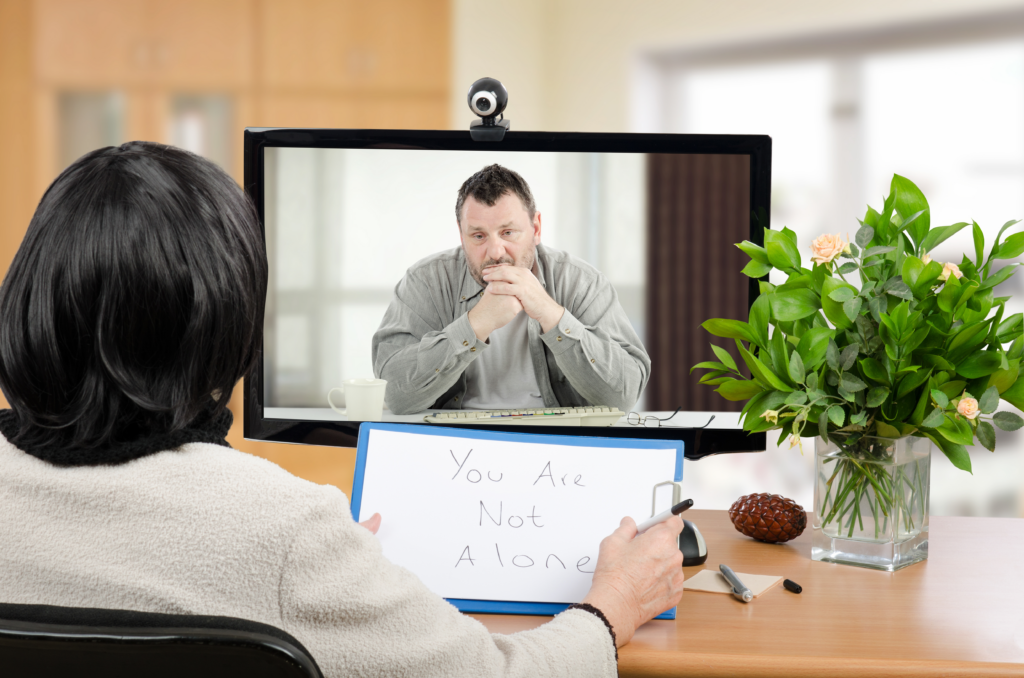
In March, Congress passed the Coronavirus Preparedness and Response Supplemental Appropriations Act, which modified regulatory and reimbursement regulations on telehealth. As a result, the Centers for Medicare and Medicaid Services agreed to reimburse providers for telehealth visits at the same rate as in-person visits, and opportunities to expand telehealth access for mental and behavioral health services have expanded.
This is a good thing. While COVID-19 focused our attention on physical health, the pandemic was taking a toll on mental health. According to the Centers for Disease Control and Prevention, “U.S. adults reported considerably elevated adverse mental health conditions associated with COVID-19. Younger adults, racial/ethnic minorities, essential workers, and unpaid adult caregivers reported having experienced disproportionately worse mental health outcomes, increased substance use, and elevated suicidal ideation.”
For a long time, attention to mental and behavioral health was overshadowed by the emphasis on physical health. Now, it is no longer novel to consider it to be intrinsically connected to physical health, and telehealth is promising to be an accelerator for the delivery of mental health services.
Increased Access
Telehealth opens access to services for rural, reluctant, and restrained populations.
- According to the American Medical Association, almost 60 percent of all counties in the United States lack a single psychiatrist. Those counties are primarily in rural areas. The increase in the use of telehealth helps close the gap in access.
- Those who might hold on to the stigma of mental health and would hesitate to walk into a psychiatrist’s office are more likely to access services from the comfort of their own home.
- Telehealth allows providers to connect with those who might otherwise have a barrier to services, including patients restrained by mobility or transportation issues.
Consistent Quality
On a recent episode of the National Public Radio show Life Hack, Dr. Mara Gordon, a primary care physician, discussed the increase in the use of telehealth. She explained, “I do a lot of mental health care in primary care, and those kinds of visits are totally seamless over telemedicine.”
As a matter of fact, telehealth for mental health not only maintains a high quality of care, in some situations, providers feel they are able to deliver better quality care. Patients are more relaxed in their own home and more willing to be open. In addition, providers can observe the patient’s living situation and gather other information that may help with treatment.
Ensure Proper Care
Leveraged correctly, the availability of telehealth can reduce unnecessary emergency department utilization. The South Carolina Department of Mental Health shared its story on the My Telehealth podcast.
They set up a system that allows EMS professionals to use telehealth services. Now, when they receive a call for a mental health crisis, they are able to connect patients with a psychiatrist who can make a diagnosis and get the patient to the proper treatment, ensuring proper care and avoiding unnecessary emergency department visits. They estimate that the team conducted about 600 hospital diversions that saved the community close to a million dollars in a year.
Has the telehealth landscape changed forever? That remains to be seen, but there is confidence amongst providers that telehealth offers an opportunity to expand access, maintain quality, and ensure proper care for mental health services.






